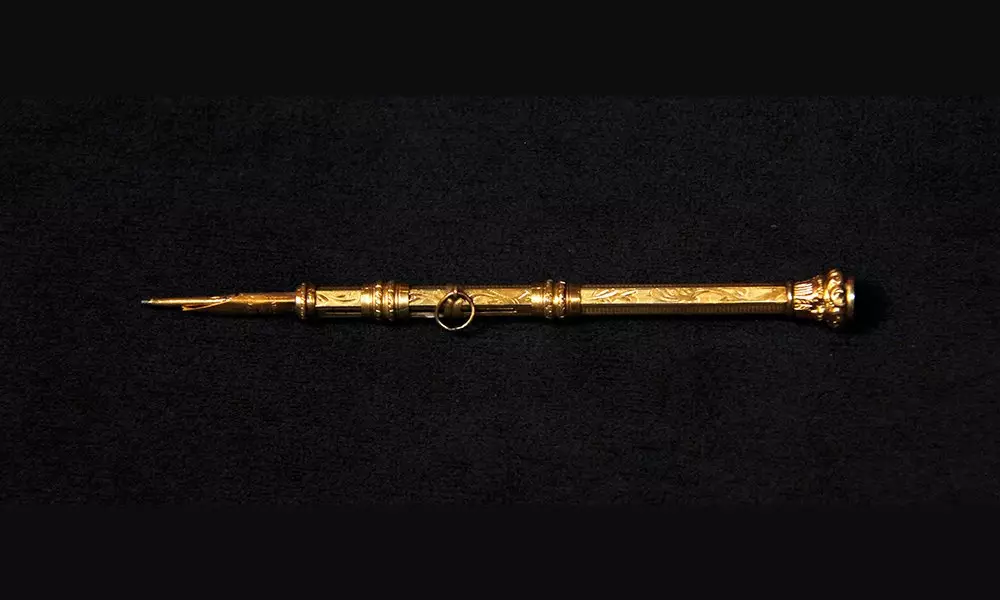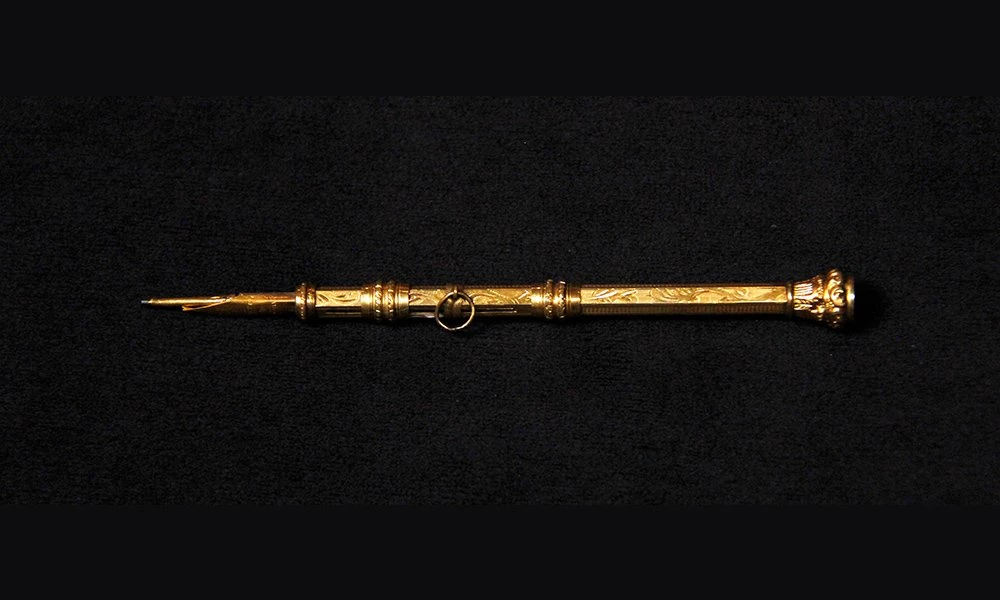1880
Who had the power to choose their career?No Work for Women Outside the Home
Throughout the 1800s, prevailing views established that women were unsuited for professional work. Married women were to raise children and manage the home. Unmarried women could work as teachers, clerks, housekeepers, hairdressers, and seamstresses.
Professional Careers for Women
Some women were well aware that their skills and abilities were equal to those of men — if only they could access the same education and opportunities. But choosing a profession outside the norm, did not guarantee acceptance.
Who had the power?
In 1883 Dr. Marie Louise Crothers returned to Bloomington after graduating from the Women’s Medical College of Pennsylvania with her degree in medicine.
She had previously trained and assisted her husband Dr. Eli Crothers in his medical practice. The Crothers planned to continue to work together as partners.
But some of Eli’s patients (both men and women) did not approve of a woman doing what they considered to be men’s work, and objected to Louise’s practice. Some found a new doctor.
In 1887 Louise and Eli built a new home at 414 E. Jefferson Street. Eli kept the office he and Louise had previously shared and Louise opened a new office in their home.
There she treated only women and children, and specialized in obstetrics.
It did not take long for Louise's work to become well respected. In 1889 she was named physician in charge at the McLean County Women's Industrial Home for indigent women and children -- a position she held until she retired in 1905.
Louise Crothers rejected the norms as they pertained to women’s roles in the late nineteenth century, and had a profound influence on those around her, including her daughter Rachel.
Rachel Crothers became a highly successful playwright whose work explored women’s gender roles at the turn of the century.
Reflection Questions
What words here best describe why medical patients would object to a woman doctor during this time period?
Why was Dr. Louise Crothers able to succeed in her profession and change perceptions about women doctors?
 Making a Home
Making a Home
 A Community in Conflict
A Community in Conflict
 Working for a Living
Working for a Living
 Farming in the Great Corn Belt
Farming in the Great Corn Belt
 Abraham Lincoln in McLean County
Abraham Lincoln in McLean County





